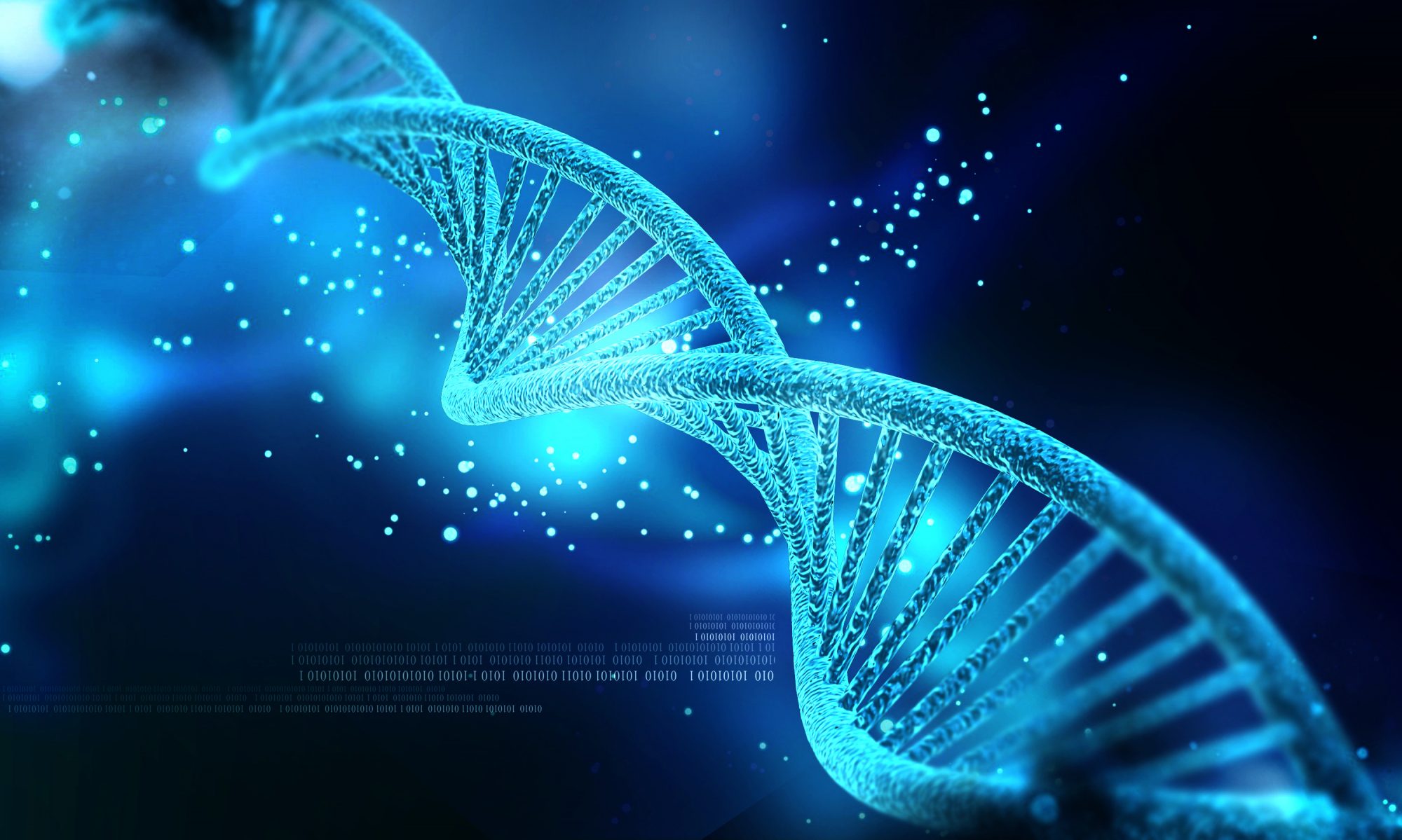Project PROACTIVE 2017 – Single Cell
” From Single-Cell to Multi-Cells Information Systems Analysis ”
Department of Information Engineering
University of Padova
Abstract
Nearly two decades have passed since bioinformatics and systems biology were introduced into the language of modern biology as a consequence of the high-throughput bio-technologies spread. In the last two years, single-cell technologies have become established, allowing the analysis of thousands of genes, mRNAs and proteins within a single cell, for hundreds of cells in parallel rather than from cells in bulk. Therefore, for the first time, instead of the average cell data on the entire cell population, it is possible to measure single cell detailed data (see figure below). These technologies give thus the possibility to observe how tissues and organs are spatially and temporally organized as a system of multiple cells, able to communicate and interact with each other and to orchestrate selfassembly and response to stimuli as a whole. However, the number of measured variables (thousands, in hundreds of cells), their heterogeneity and the complexity of the systems, pose a number of methodological challenges that require completely new theoretical and applicative approaches.

This project addresses the problem of studying a multi-cells system made up of many cells of the same or of different type. In particular, the project has the objective of developing innovative approaches to the large-scale, complex problem of multi-cells modeling, with particular attention to i) the identification of cell subpopulations based on gene expression profiling; ii) the analysis of the regulatory network within the cell and the cell-to-cell communication system; iii) the characterization of genetic variations in terms of induced phenotypes.
As a case study, we will use “organoids”, i.e. in-vitro artificial organs produced from induced pluripotent stem cells. These models give access to single cell data and to measurements of the micro environment that surrounds the cells. Moreover, it is possible to induce local chemical gradients in the environment and genetic variations within cell sub-populations. As such, they offer a unique opportunity to study embryonic and tumor development, disease etiology, drug effect, genetic variations effect and cell dynamics.
In particular, we will study cell differentiation in time and space in ectoderm development and in liver organoid models. Liver organoids will be obtained from induced pluripotent stem cells of alpha1-antitrypsin deficiency patients, thus with patient-specific genetic background, going in the direction of personalized medicine. Mimicking environmental stimuli, we will be able to study how different genotypes react with the environment with a protective or detrimental effect. Finally, within this project, we will have access to patient specific circulating tumor cells posing also the basis for future “tumoroids” experiments, i.e. organoids generated from patient specific tumor cells.
The project is timely proposed at the beginning of a new era of bioinformatics and systems biology and will establish a strong team of researchers sharing interdisciplinary competences in a new pioneering field.
